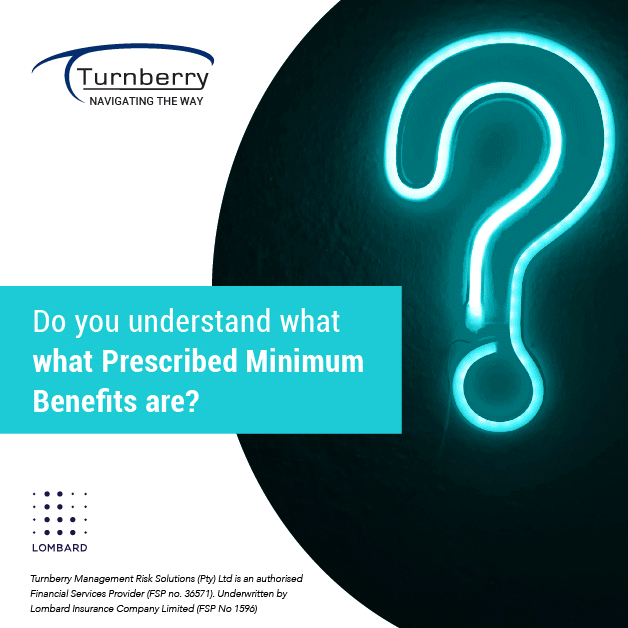
01 June 2021 FA News
Gap Cover is a short-term insurance product tailored to extend the benefits of medical aid, by covering shortfalls on hospital and doctors’ bills, as well as sub-limits and co-payments imposed by medical schemes.
However, the specifics of what is covered and how it is covered differs widely between Gap Cover providers, and even between different products from the same provider. One area that it is essential to look out for is cover for Prescribed Minimum Benefits (PMBs). If your Gap Cover provider excludes these from your policy, you could be left with extensive medical expense shortfalls that may come as an unwelcome surprise and leave your finances reeling in an already challenging time.
What is a PMB?
PMBs are a list of 271 medical conditions and 25 chronic conditions legislated by the Medical Schemes Act 131 of 1998, that medical schemes need to fund in full from the risk benefit. This list includes Covid-19 as well as other common conditions from heart attacks to appendicitis, certain cancers to ear infections.
Why does Gap Cover matter for PMBs?
While medical schemes are legally liable to pay for PMB treatments in full, there are certain conditions that need to be met. The first is that the member needs to make use of a Designated Service Provider (DSP) for treatment, except in the case of a life-threatening emergency or where no DSP is available within a reasonable distance, usually 50km. If no DSP practitioner is available within these extenuating circumstances, the medical scheme must fund the treatment in full. This is until such time as the patient is stable enough to be moved to a DSP treating facility. If a non-DSP is used voluntarily, the medical scheme does not have to cover the expenses as a PMB, which means that there will likely be shortfalls for the patient’s account.
The second is that the treatment and the condition need to match that which is offered at a state facility. For example, melanoma is a PMB cancer, and if tier 1 chemotherapy treatment is prescribed, then this will be covered in full. However, the use of a biological cancer drug will be paid according to plan benefits, and there will either be a co-payment or a sub-limit imposed. As more and more new generation treatments emerge, the likelihood of them not being covered in full increases.
Make sure you are covered
With Gap Cover in place, you are protected against having to pay for medical expense shortfalls, but it is important to understand exactly what is covered, and how. Certain Gap Cover providers and policies specifically exclude PMB conditions, which means that should your medical aid not cover the full cost of the treatment, you will be liable for the outstanding fees. This excludes a large number of fairly common conditions, including Covid-19.
When taking out a Gap Cover policy, you ideally want it to be as inclusive as possible and to fit with your medical aid scheme to protect you from these shortfalls. While a cheaper product may seem to be a better option, an extra R100 a month could make a huge difference to your financial future in the long-term. It is important to discuss your choice of Gap Cover provider with your financial advisor to ensure the best combination of cost, benefits and cover to meet your needs.
